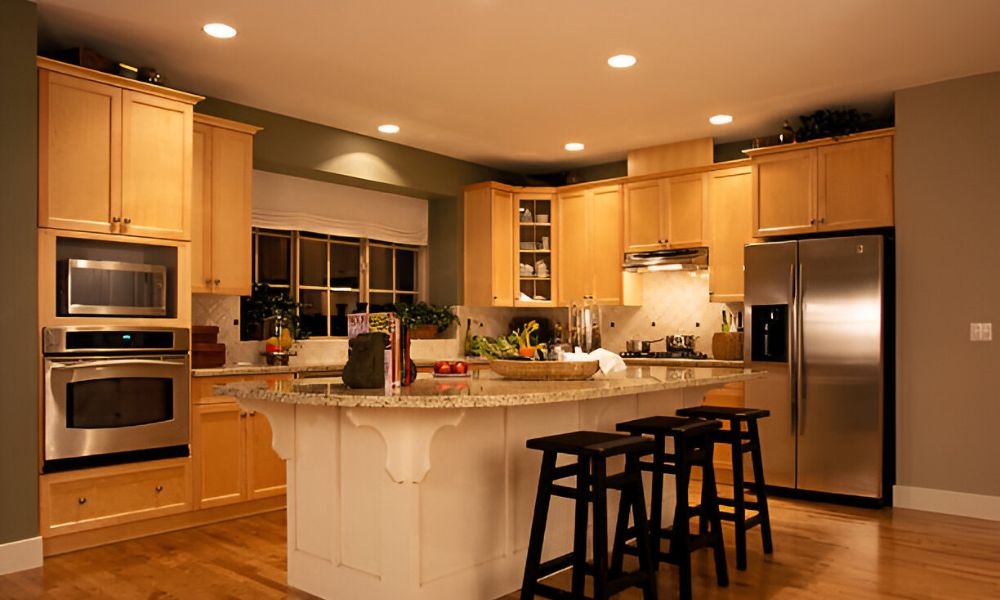Have you ever tried cooking in a poorly lit kitchen? I once had a small light above the sink. It left the countertops dim and hard to work with. Every time I chopped vegetables or stirred, I struggled to see clearly. That’s when I learned how to space recessed lights in the kitchen. Recessed lights provide even, bright light that fills the room. Proper kitchen recessed lighting placement can make your space feel more open and welcoming. In this guide, I’ll share the steps to get the perfect lighting for your kitchen. You’ll learn exactly how to arrange recessed lights to suit your space. Let’s begin!
Understanding the Basics of Recessed Lighting
They are installed into the ceiling, So they don’t hang down or take up space. They fit flush with the surface And offer a sleek, Modern look. This makes them ideal For kitchens where space is limited.
These lights are perfect For providing even lighting. Unlike a single bulb, It spread light across the room. This eliminates shadows And ensures every corner is bright and clear.
The secret To using recessed lighting effectively is placement. Position them over key areas like counters, Sinks, And islands. With the right placement, You’ll have both practical light and An inviting atmosphere. Check out the best recessed lighting for bathrooms To enhance your home’s lighting design.
Measure the Room’s Size and Layout
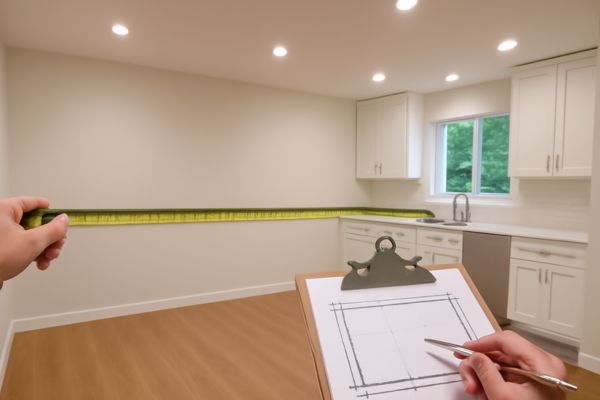
Before you can decide how many recessed lights do I need, you first have to measure your kitchen. Think of it As setting the foundation for A good lighting plan. Measure the length and width of the room And calculate the total area. The larger the kitchen, The more lights you’ll need. This step ensures that every area gets the proper amount of light without overcrowding.
Decide the Purpose of Lighting
Now, Let’s think about the areas in your kitchen that need the most light. Your work zones, Like countertops and the sink, need bright, Focused lighting. Dining areas, on the other hand, might need softer, More ambient lighting. The purpose of each light affects how much space you should leave between them. This is important because you want to balance both style and function.
Determine the Spacing Between Lights
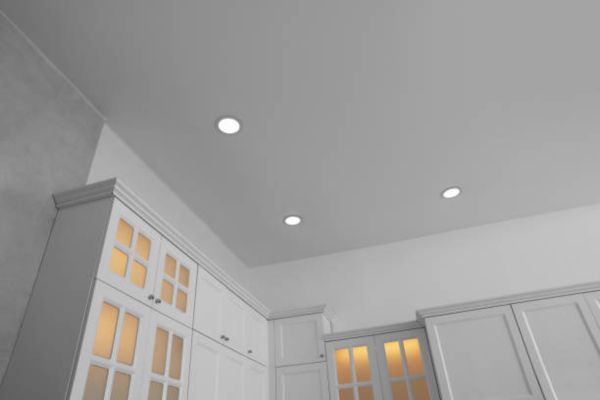
A general rule of thumb is To space your lights 4 to 6 feet apart. This gives each light enough room To shine across the space without creating spots of intense brightness Or areas that are too dim. If you have an island or counters, aim to have the lights centered over these areas For better task lighting. Keeping this spacing consistent will give your kitchen a balanced and well-lit feel.
Account for the Ceiling Height
Ceiling height can change things a bit. For higher ceilings, you might need to increase the spacing between lights to ensure the light reaches down effectively. The general rule is the higher the ceiling, the wider you space the lights. For instance, If you have a vaulted ceiling, Your lights will need A bit more room to spread light properly.
Practical Tips for Perfect Kitchen Lighting
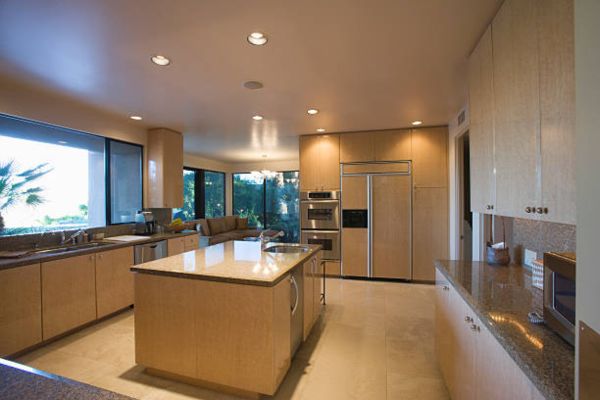
Tip 1: Avoid Overcrowding – Leave Room for Ambient Light
While it’s tempting to add lots of recessed lights, Too many can make your kitchen Feel busy and harsh. You need to leave space for ambient light to fill the room naturally. Overcrowding can create bright spots that make other areas feel too dim. Aim for balance, allowing your lights to spread out and work with the natural light coming through windows or doors.
Tip 2: Position Lights Around Key Work Areas
The key to perfect lighting is making sure it hits where you need it most. Position your lights directly above work zones, Like countertops, sinks, And stoves. These areas need focused light For tasks like chopping vegetables Or washing dishes. Proper placement will make cooking and cleaning feel a lot easier And more enjoyable.
Tip 3: Use a Dimmer Switch – Add Flexibility to Your Lighting Options
One of the best upgrades you can add to your recessed lighting is a dimmer switch. This small addition gives you the power to adjust the light depending on your mood or task. Need bright light for cooking? Turn it up. Want a softer glow for dinner? Turn it down. Dimmer switches give you full control, Making your kitchen more versatile and inviting.
Tip 4: Experiment with Different Layouts
Not sure how your lights will look? Try out different configurations before committing. Lay down masking tape in the shape of where you plan to install the lights. This gives you A visual idea Of how the layout will work in your kitchen. Don’t be afraid To play around with different patterns and positions To find what works best for your space.
When to Use Different Types of Recessed Lighting
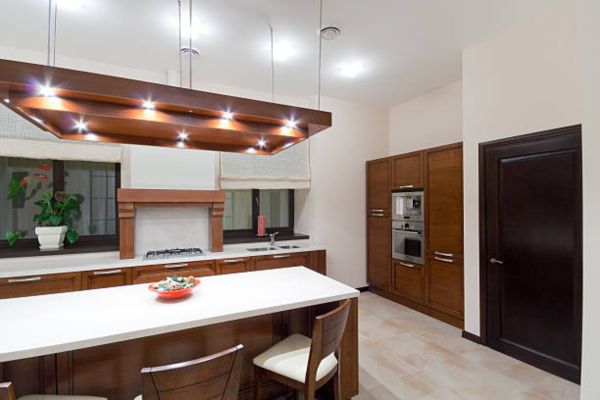
General Recessed Lighting: Ideal for Ambient Light in Large Kitchen Areas
It is great for overall brightness in big kitchens. These lights spread light evenly across the room. They create a soft, balanced glow that makes the kitchen feel more open and inviting.
Task Lighting: Use Bright, Focused Over Workspaces
Task lighting provides bright, focused light where you need it most. Place these lights over work zones like countertops, Sinks, And stoves. They help reduce shadows and make cooking, Chopping, Or cleaning easier and safer.
Accent Lighting: Smaller, Warmer Aesthetic Appeal or Highlighting Features
It adds a touch of style to your kitchen. Use smaller, warmer lights to highlight features like artwork or cabinets. They create a cosy, inviting atmosphere and draw attention to the special details of your space.
Conclusion
To create the perfect kitchen lighting, Begin by measuring your space. This helps you figure out how many recessed lights you need. Place lights over key work areas like countertops And sinks for focused lighting. For general illumination, Make sure the rest of the kitchen is evenly lit.
Experiment with different layouts and light types. A bit of trial and error will help you find what works best. With careful planning, Your kitchen will have the perfect balance of style and function.

